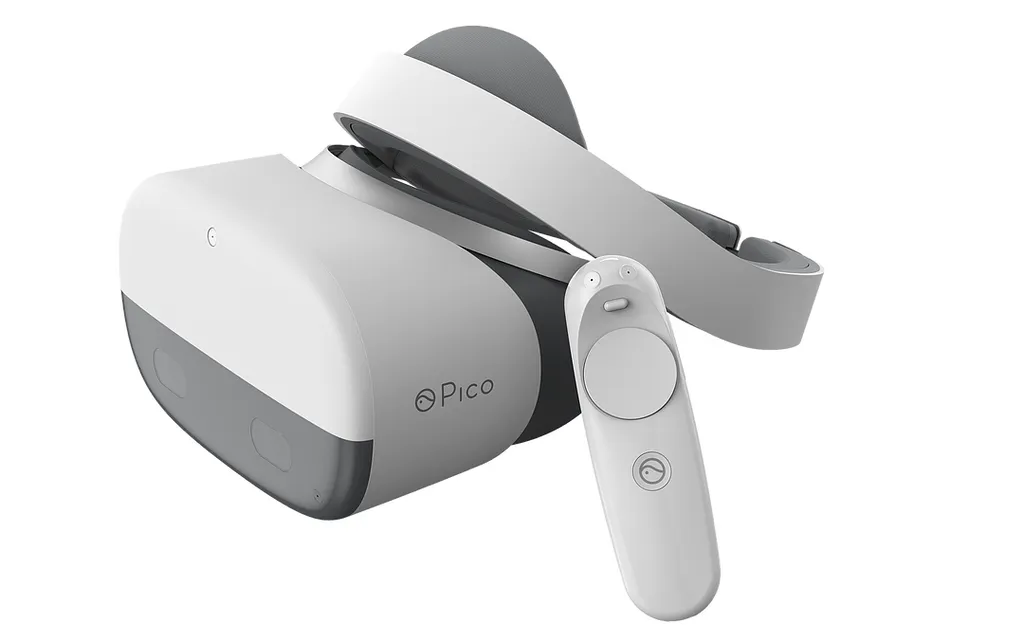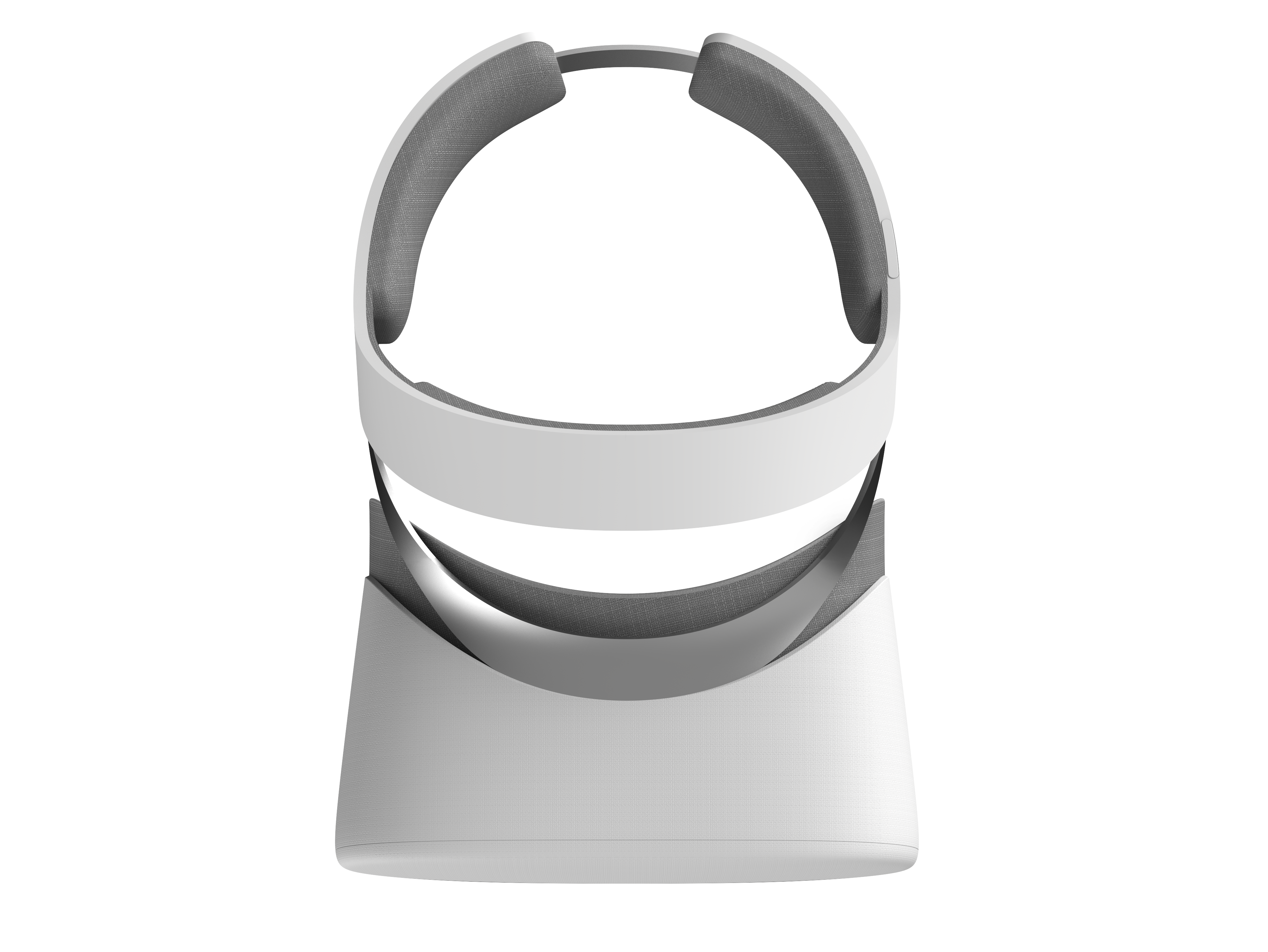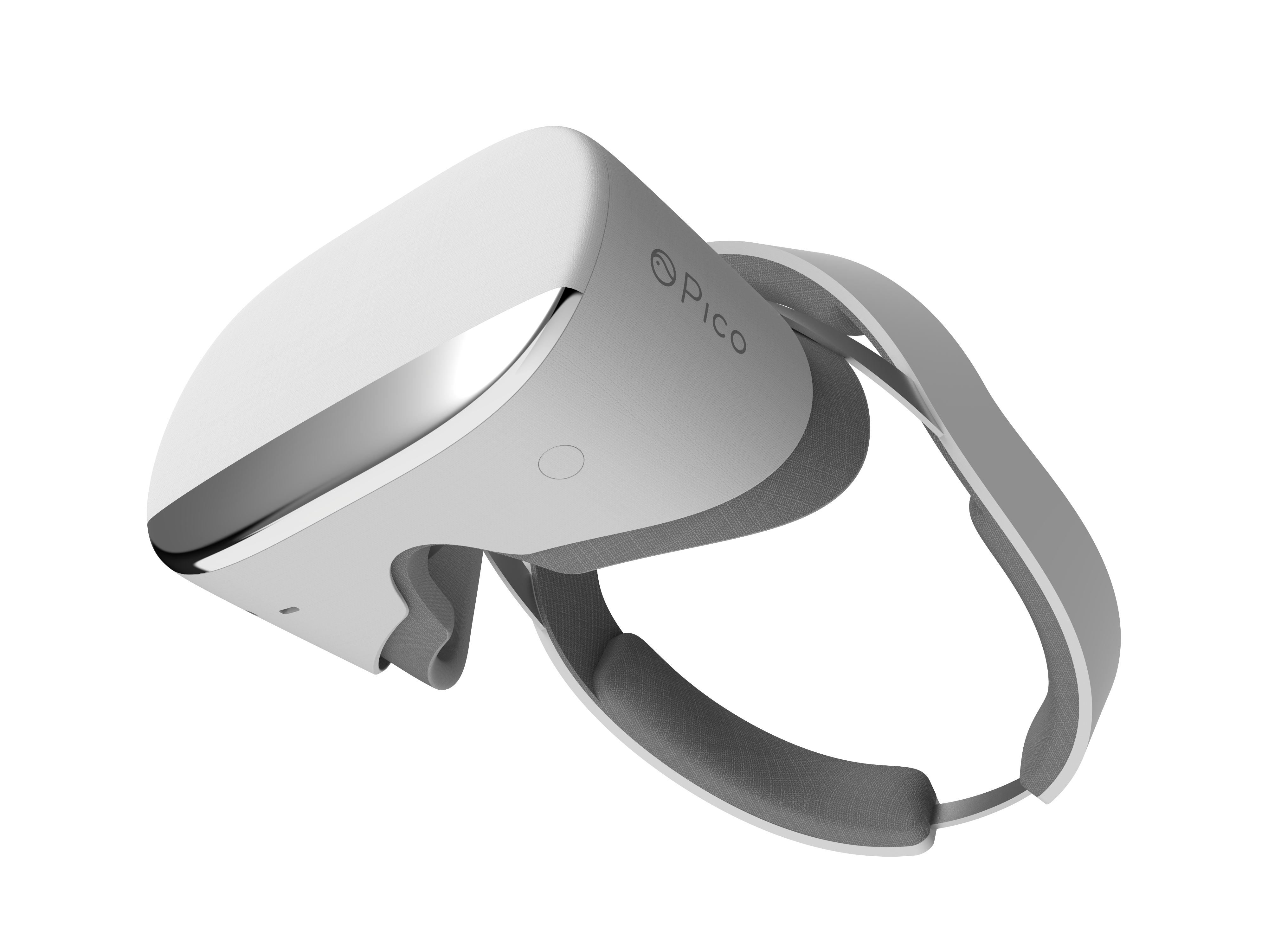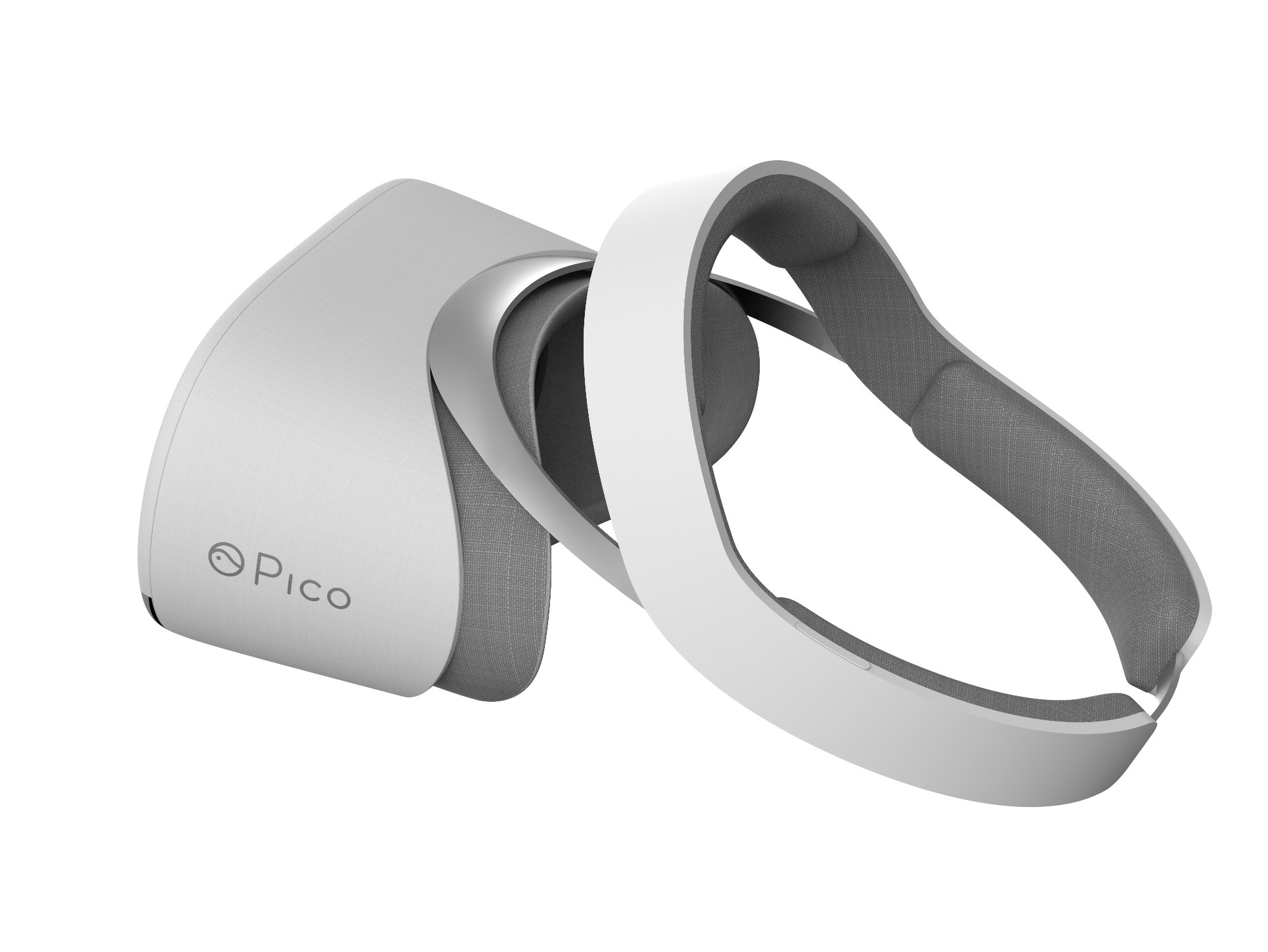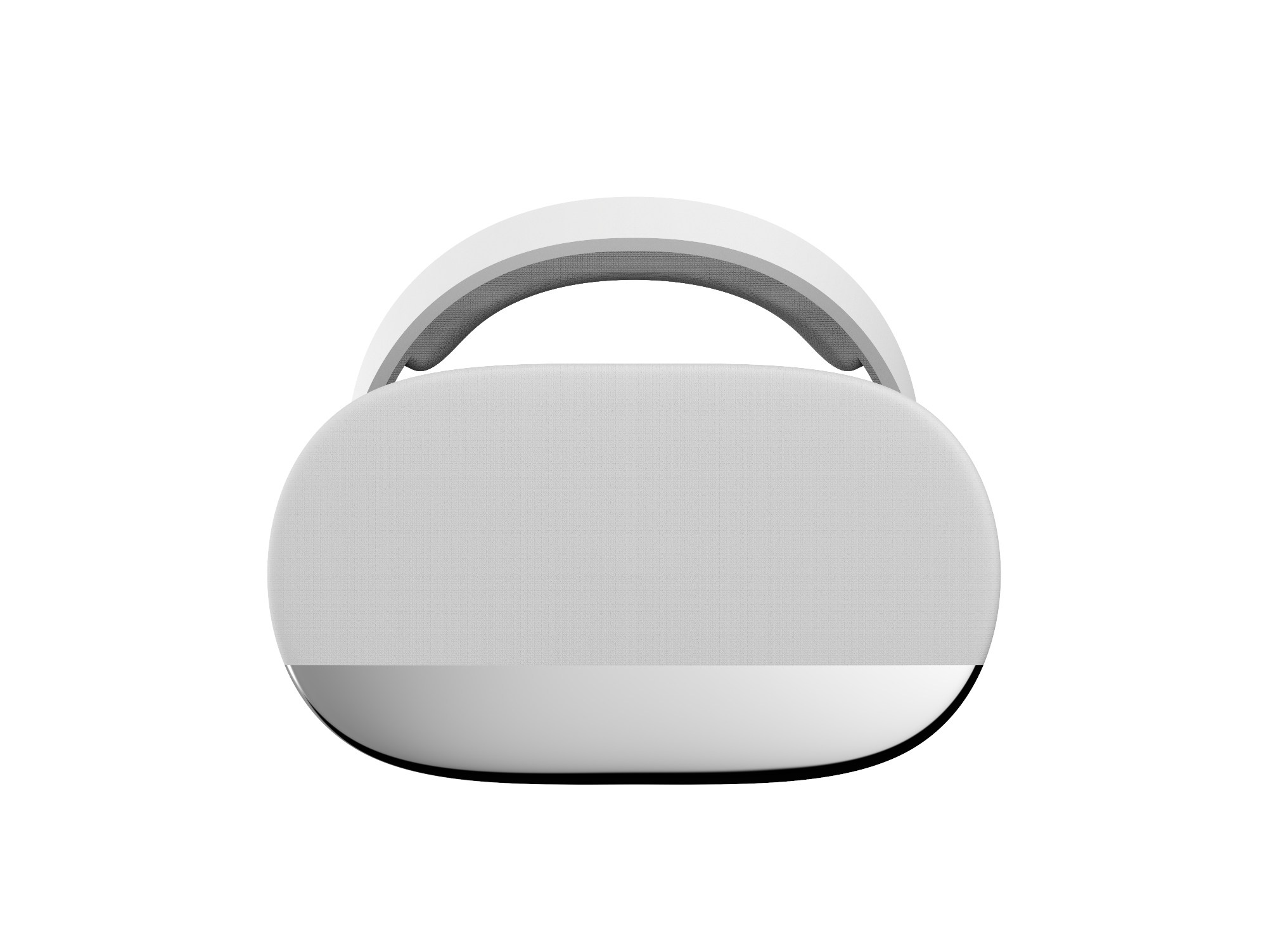Companies like Facebook’s Oculus, HTC, and Sony pioneered the realm of powerful consumer-facing VR in 2016 with the launches of the Oculus Rift, HTC Vive, and PlayStation VR (PSVR) respectively. But the one thing that all of these headsets have in common is that they’re connected to a machine such as a PC or PS4 by a wire and they all require external tracking systems. That’s a severely limiting concession for the ability to visit virtual worlds.
Now on the horizon we’ve got solutions like the Vive Focus and Oculus Santa Cruz prototype (and to a lesser extent the Oculus Go) all presenting standalone solutions. This means that you don’t need a wire and you don’t need a smartphone like the Gear VR or Google Daydream because these new headsets are 100% self-contained. All of the computing, tracking, and power is stored inside the headset itself.
What the Focus and Santa Cruz also both do is they allow full positional tracking with six degrees of freedom (6DOF) which means you can move and walk around while wearing the headset. The Gear VR, Daydream, and Go will only let you rotate your head — you can’t move through space — since they’re only three degrees of freedom (3DOF).
Then there’s this scrappy little company named Pico that’s trying to one-up even Oculus and HTC with their latest product, the Pico Neo (not to be confused with the identically named former Pico Neo.)
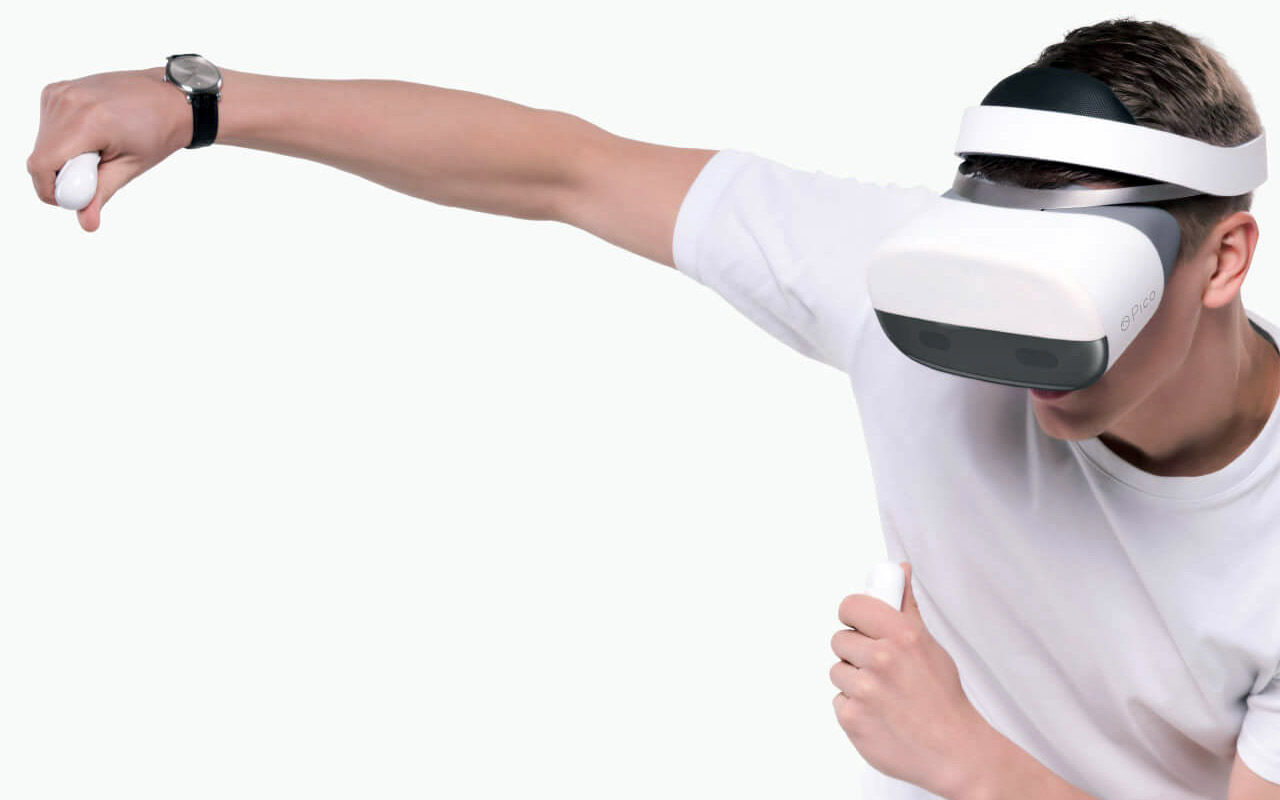
Now Pico’s other current headset, the Goblin, is already available and offers standalone 3DOF tracking along with a single motion controller to deliver an experience comparable to the upcoming Oculus Go. And it only costs $250 for the entire package without the need for an expensive smartphone, such as the Gear VR or Daydream. We quite liked it in our review, even if it doesn’t have the massive content stores that prop up its chief competitors.
The Neo will face similar content problems by not having access to the Oculus Home Store or Steam, but it’s got plans for alleviating the lack. In addition to its own content store, the Pico Neo will also have access to Vive Wave (which will receive content from Viveport). Pico also recently announced a partnership with The Dream VR to bring over its large library of over 150 channels of 360-degree video content.
At CES 2018 this week we had the chance to go hands-on with the headset in two different demos. The first experience put us in the middle of a car showroom and using the 6DOF tracked motion controllers I could reach out and touch a control panel to change the car’s colors, back spoiler, and wheel design.
The headset itself tracked wonderfully with full 6DOF movement. I could turn around, walk through the Pico booth, even duck down and quickly move my head around and didn’t notice any real tracking issues at all. The two external facing cameras do a great job of tracking the headset’s movement — similar to how the tracking works in the Windows VR line of PC VR headsets.
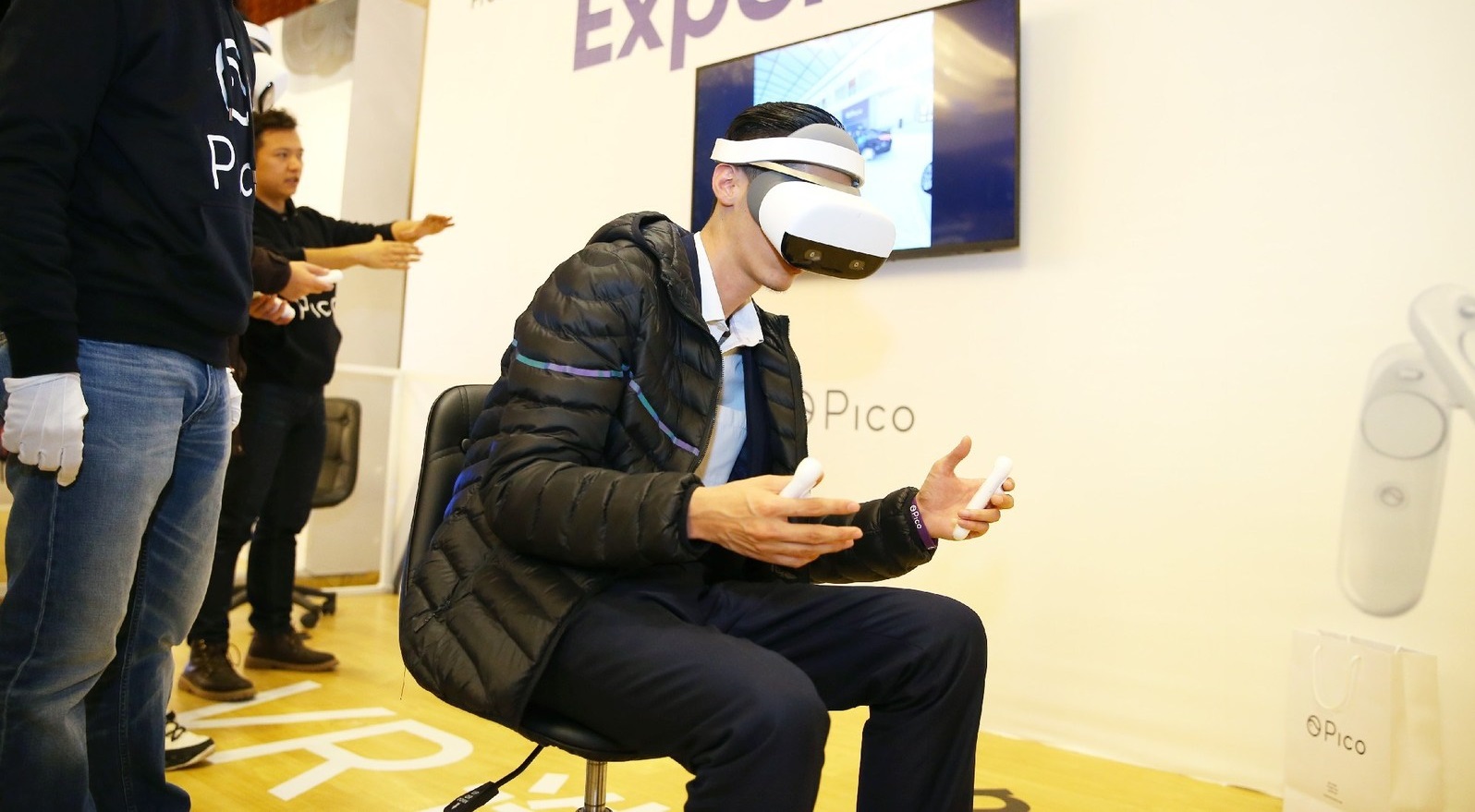
What I noticed though is that the controllers were a very different story. A representative from Pico explained that the controllers are tracked in relation to the headset by using “ultra-sonic” technology via tiny little emitters on each. During my demo the tracking for both hands felt very clunky, delayed, and jittery.
As a test to make sure it wasn’t just an isolated thing I slowly waved my hand in front of my face, then did so quickly, and regardless of movement arc or speed it was like the controller was lagging across my headset’s field of view. This made it difficult to do anything at all since accuracy was near impossible without good tracking. During this issue the rest of the environment continued to be tracked just fine so it wasn’t a framerate or platform concern — just the controllers.
However, if I moved my hands out of my field of view, such as behind my back, it kept track of them well, which is great. Even the PC-powered Windows VR headsets struggle with that sometimes.
The second demo I tried was a simple game that had me shooting a laser gun in my right hand at flying baby dragons. When they shot fireballs I could use the shield in my left hand to block. This demo did a great job of showing off the 6DOF tracking because I could sidestep and dodge the fireballs, duck down, reach around with either hand while moving, and enjoyed an incredible sense of freedom.
I still noticed the issue with controller tracking, but it seemed far less pronounced this time. Perhaps the tracking concerns were caused by the previous car app, or are just case-by-case, or maybe it was just signal interference on the show floor of CES. Whatever the cause it wasn’t as bad in my second demo, but it was still noticeable enough to affect the experience.
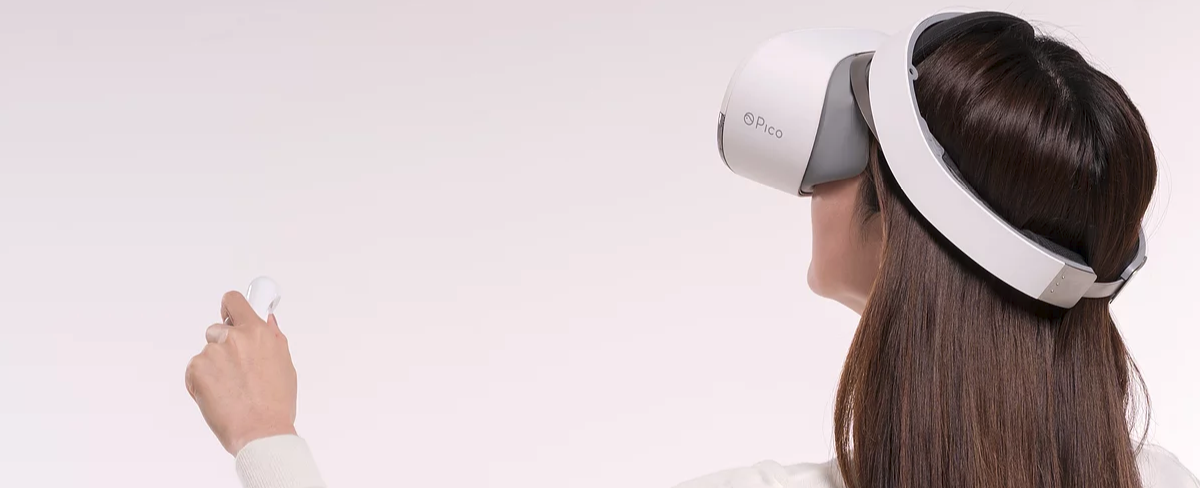
Hopefully the controllers can get ironed out in time for the headset’s consumer launch. They’re accepting pre-orders now for $749, which includes the full standalone headset and two 6DOF hand controllers all in a single package.
We’ll be keeping an eye on the Pico Neo to see how it shapes up over time. If the controllers can get up to the same quality as the headset’s tracking and they can deliver a solid lineup of content, then Pico will have certainly broken ground in a big way as the first notable VR headset with 6DOF tracking and two 6DOF controllers to hit the market.
Let us know what you think down in the comments below!

